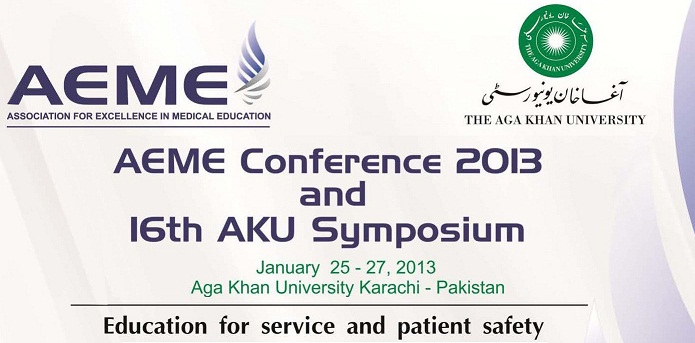Day 1 : Poster Presentations (Theme: Patient Safety)
Sensitivity and specificity of bedside troponin i kit (qualitative) test as compared with the standardized quantitative lab test for troponin I
Location
Auditorium Pond Side
Start Date
26-1-2013 10:30 AM
Abstract
Background: Our aim was to find out the sensitivity and specificity of (qualitative) troponin I kit against the quantitative lab kit for Troponin I.
Methods: Admitted patients of ACS/NSTEMI at Karachi Institute of Heart Diseases of both gender, were administered a standardized questionnaire. Quantitative analysis of Trop I, was carried out by the hospital laboratory. At the same time sample was used for qualitative analysis of Troponin I by using Troponin I test kit
Results: We recruited 50 patients in which 37 (74%) were male. Hypertensive 32 (64%), dyslipidemia in 13 (26%), family history in 15 (30%), DM in 16 (32%) smoking was prevalent in 11 (22%), previous MI in 10 (20%). The kit showed 100% sensitivity and 95% specificity as compared to the quantitative test with a cutoff of 0.30 ng/dl, i.e. quantitative test showed 32 positive and 18 negative cases, whereas qualitative test shows 31 positive and 19 negative. The difference in test results was on a value of 0.40 ng/dl , as qualitative test showed it as negative result.
Conclusions: Study showed that qualitative kit is highly sensitive and specific at higher values of Troponin I, i.e., ≥ 0.5 ng/dl. The qualitative test could be very beneficial in cost and time saving for the non-conclusive patients, like NSTEMI and ACS, and whose Trop I values are not very close to the minimum cut off values. Sample size could be a limitation in our study, so a larger nationwide study is recommended
Key words: Trop I, Sensitivity, Specificity, Qualitative, Quantitative, Myocardial Infarction
Sensitivity and specificity of bedside troponin i kit (qualitative) test as compared with the standardized quantitative lab test for troponin I
Auditorium Pond Side
Background: Our aim was to find out the sensitivity and specificity of (qualitative) troponin I kit against the quantitative lab kit for Troponin I.
Methods: Admitted patients of ACS/NSTEMI at Karachi Institute of Heart Diseases of both gender, were administered a standardized questionnaire. Quantitative analysis of Trop I, was carried out by the hospital laboratory. At the same time sample was used for qualitative analysis of Troponin I by using Troponin I test kit
Results: We recruited 50 patients in which 37 (74%) were male. Hypertensive 32 (64%), dyslipidemia in 13 (26%), family history in 15 (30%), DM in 16 (32%) smoking was prevalent in 11 (22%), previous MI in 10 (20%). The kit showed 100% sensitivity and 95% specificity as compared to the quantitative test with a cutoff of 0.30 ng/dl, i.e. quantitative test showed 32 positive and 18 negative cases, whereas qualitative test shows 31 positive and 19 negative. The difference in test results was on a value of 0.40 ng/dl , as qualitative test showed it as negative result.
Conclusions: Study showed that qualitative kit is highly sensitive and specific at higher values of Troponin I, i.e., ≥ 0.5 ng/dl. The qualitative test could be very beneficial in cost and time saving for the non-conclusive patients, like NSTEMI and ACS, and whose Trop I values are not very close to the minimum cut off values. Sample size could be a limitation in our study, so a larger nationwide study is recommended
Key words: Trop I, Sensitivity, Specificity, Qualitative, Quantitative, Myocardial Infarction

